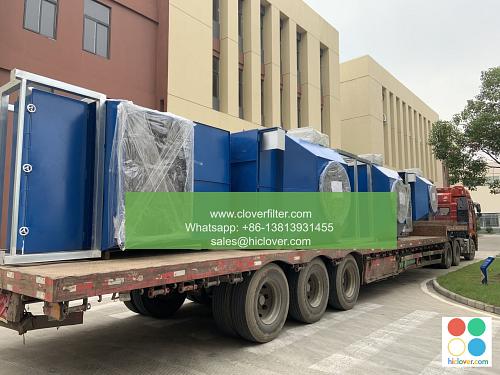Section 2: Design and Construction

Section 2 of the guidelines outlines the design and construction requirements for buildings and structures. This section is crucial in ensuring that buildings are designed and constructed to be safe, durable, and functional. The design and construction process involves several stages, including planning, design, tendering, construction, and completion.
The planning stage involves identifying the needs and goals of the project, as well as conducting feasibility studies and site analyses. This stage is critical in determining the viability of the project and ensuring that it meets the required standards and regulations. The design stage involves creating detailed designs and plans for the building or structure, taking into account factors such as aesthetics, functionality, and safety.
The design should be carried out by a qualified and experienced professional, such as an architect or engineer, who has the necessary skills and knowledge to design a building or structure that meets the required standards. The design should also take into account the needs of the users, including people with disabilities, and should incorporate features such as accessibility ramps, elevators, and adapted toilets.
The tendering stage involves inviting contractors to bid for the construction work, and selecting the successful contractor based on factors such as price, quality, and experience. The construction stage involves the actual building of the structure, and should be carried out by a qualified and experienced contractor who has the necessary skills and knowledge to construct a building or structure that meets the required standards.
The construction process should be carefully managed and monitored to ensure that it is carried out safely and efficiently, and that the building or structure is constructed to the required standards. This includes ensuring that the necessary permits and approvals are obtained, and that the construction work is inspected and tested regularly to ensure that it meets the required standards.
Once the construction work is complete, the building or structure should be inspected and tested to ensure that it meets the required standards. This includes conducting tests on the structural integrity, electrical and plumbing systems, and other critical components. The building or structure should also be certified as safe and habitable by a qualified professional, such as a building inspector or surveyor.
In addition to the design and construction process, Section 2 also outlines the requirements for materials and workmanship. The materials used in the construction of the building or structure should be of high quality and meet the required standards, and the workmanship should be of a high standard to ensure that the building or structure is durable and long-lasting.
The section also outlines the requirements for safety and accessibility, including the provision of emergency evacuation routes, fire alarms, and sprinkler systems. The building or structure should also be designed and constructed to be accessible to people with disabilities, and should incorporate features such as ramps, elevators, and adapted toilets.
Overall, Section 2 provides a comprehensive guide to the design and construction of buildings and structures, and outlines the requirements for ensuring that they are safe, durable, and functional. By following these guidelines, builders and contractors can ensure that their buildings and structures meet the required standards, and provide a safe and healthy environment for users.
Conclusion
In conclusion, Section 2 of the guidelines provides a critical framework for the design and construction of buildings and structures. By following these guidelines, builders and contractors can ensure that their buildings and structures are designed and constructed to be safe, durable, and functional, and provide a safe and healthy environment for users. The section outlines the requirements for the design and construction process, materials and workmanship, safety and accessibility, and provides a comprehensive guide to ensuring that buildings and structures meet the required standards.
FAQs
Q: What is the purpose of Section 2 of the guidelines?
A: The purpose of Section 2 is to provide a comprehensive guide to the design and construction of buildings and structures, and to outline the requirements for ensuring that they are safe, durable, and functional.
Q: Who is responsible for designing and constructing buildings and structures?
A: The design and construction of buildings and structures should be carried out by qualified and experienced professionals, such as architects, engineers, and contractors.
Q: What are the requirements for materials and workmanship?
A: The materials used in the construction of buildings and structures should be of high quality and meet the required standards, and the workmanship should be of a high standard to ensure that the building or structure is durable and long-lasting.
Q: What are the requirements for safety and accessibility?
A: The building or structure should be designed and constructed to be safe and accessible to all users, including people with disabilities, and should incorporate features such as emergency evacuation routes, fire alarms, and sprinkler systems, as well as ramps, elevators, and adapted toilets.

